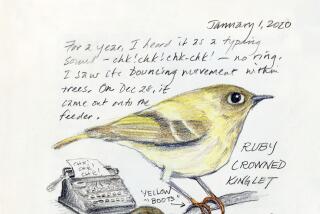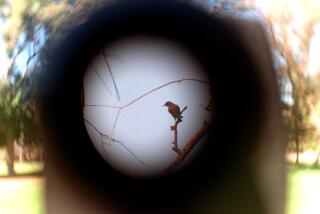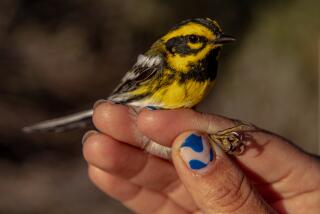Chronicling ‘America’s Other Audubon’
As a little girl in Ohio in the mid-1800s, Genevieve “Gennie” Jones would accompany her country doctor father in his buggy as he visited patients. Along the way they’d discuss the natural world, which turned into a lifelong passion. Then in 1876, consumed with heartache from a broken engagement, Jones traveled to the Centennial Exhibition in Philadelphia. Here she viewed John James Audubon’s masterpiece, “Birds of America.”
Inspired by the beautiful watercolor drawings, she returned home with a new sense of purpose, determined to create a companion book illustrating birds’ nests and eggs. Encouraged and financed by her father, Jones set about creating the artwork. Her brother, Howard, collected the specimens and with help from her friend Eliza Shulze, they practiced sketching the eggs and nests and learning the lithography process through correspondence.
After completing just five illustrations, Jones was stricken with typhoid fever and died. Overcome with grief the family decided to continue working on the project as a memorial to their beloved. Seven years later in 1886 “Illustrations of the Nests and Eggs of Birds of Ohio” was published.
Of the 90 completed only 26 intact copies have been located. One (valued at $80,000) on display in a plexiglass case at the Cleveland Museum of Natural History caught the attention of the new assistant librarian, Joy Kiser, who would walk by it every day. Captivated by the story of the Joneses and their unbridled devotion to completing Genevieve’s endeavor, Kiser, now a writer and editor for theBureau of Alcohol, Tobacco, Firearms and Explosives, spent the next 15 years meticulously researching materials and tracking down relatives.
She chronicles the tragic yet triumphant story behind the making of the Jones’ extraordinary 19th century book in “America’s Other Audubon” (Princeton Architectural Press).
“Despite praises and positive reviews from naturalists and ornithologists, Jones’ book was never given the proper reception,” said Kiser who felt a strong connection through a shared appreciation of nests and eggs when she was a child. “Finishing the book was a way to keep her alive.”
It was a laborious undertaking by the Joneses. Although Shulze left to study art in New York, she trained Jones’ mother, Virginia, how to draw on the lithographic stones; nearly 90 copies of every illustration had to be hand colored so they hired local girls to help.
The life-size color and black and white illustrations were drawn and colored by hand with imported Winsor and Newton watercolors and printed on the same Whatman’s Hotpressed Antiquarian paper that Audubon used. The intricate details of the nests’ construction are accentuated with the occasional burst of baby blue eggs.
Jones’ father, Nelson, depleted his retirement savings and sold subscriptions to museums, naturalists and even former President Rutherford B. Hayes and Harvard student Theodore Roosevelt. During production, Howard and Virginia contracted typhoid, leaving Howard with heart damage and Virginia nearly blind for two years.
“America’s Other Audubon,” features reproductions of the 68 original lithograph plates representing 129 species. Actually, 130 were intended, but, alas, the nest and eggs of the Cerulean Warbler could not be found.
More to Read
The biggest entertainment stories
Get our big stories about Hollywood, film, television, music, arts, culture and more right in your inbox as soon as they publish.
You may occasionally receive promotional content from the Los Angeles Times.










